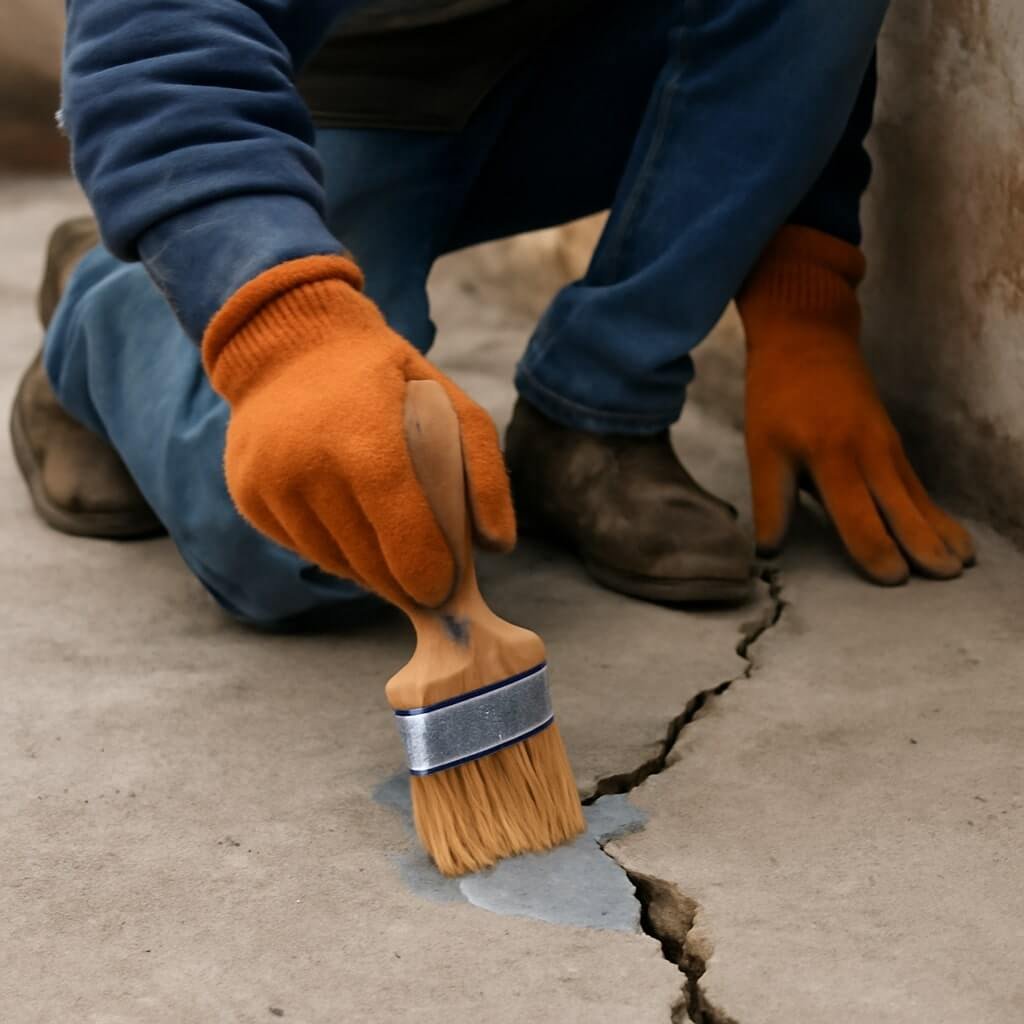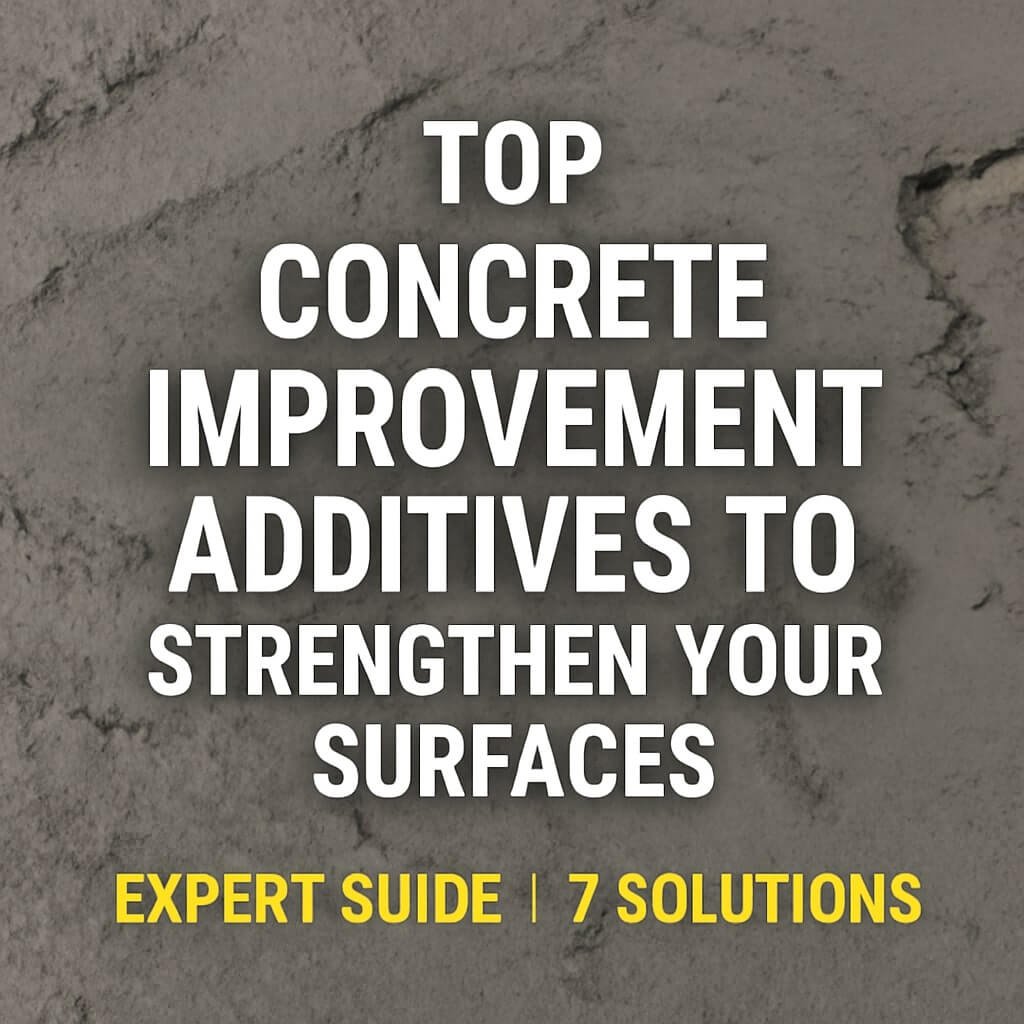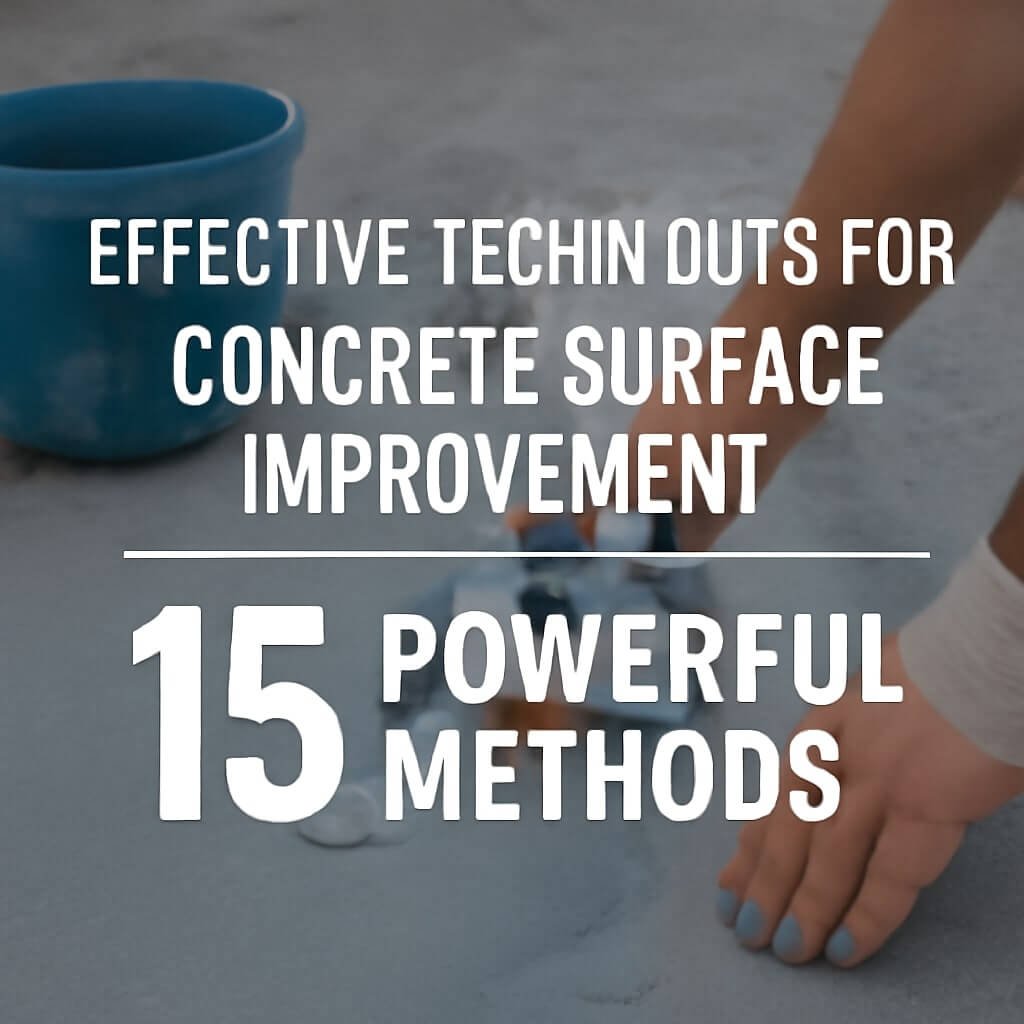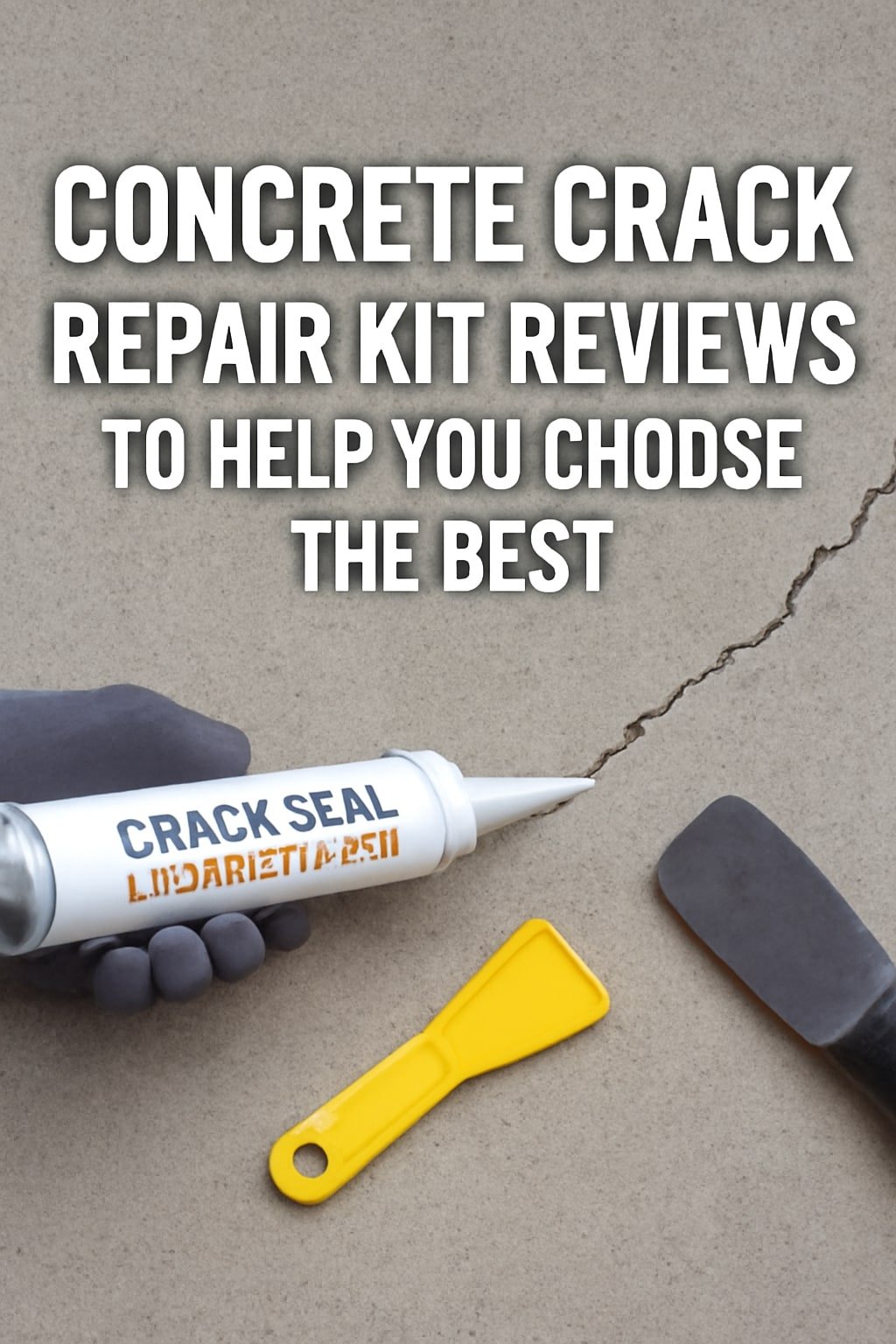Concrete is one of the most widely used construction materials worldwide, renowned for its strength and durability. However, despite its robustness, concrete is vulnerable to degradation over time due to various environmental and chemical factors. Understanding and implementing preventive measures to avoid concrete degradation can significantly extend the lifespan of structures and reduce maintenance costs. This article covers 15 powerful strategies to protect concrete effectively.
Understanding Concrete Degradation
Concrete degradation refers to the deterioration of concrete’s physical and chemical properties over time. This can result from:
- Physical wear and tear
- Chemical attacks (e.g., sulfate or chloride exposure)
- Environmental conditions such as freeze-thaw cycles
- Corrosion of steel reinforcement inside concrete
Common forms of degradation include cracking, spalling, scaling, and reduced strength. Recognizing the causes is the first step toward prevention.
Environmental Factors Influencing Degradation

Environmental conditions play a crucial role in concrete degradation. Factors such as moisture, temperature fluctuations, and exposure to aggressive chemicals can accelerate the breakdown process. For example, freeze-thaw cycles cause expansion and contraction in concrete, leading to cracks and surface scaling. Additionally, exposure to seawater or deicing salts increases the risk of chloride penetration and corrosion of steel reinforcement.
Material Quality and Its Impact
The quality of raw materials used in concrete—cement, aggregates, water, and admixtures—directly affects its durability. Using poor-quality materials with high impurities can weaken the concrete matrix and make it more susceptible to chemical attack and mechanical damage.
Proper Mix Design
A well-designed concrete mix is essential to enhance resistance against degradation. The water-to-cement ratio should be optimized to reduce porosity while maintaining workability. Incorporating supplementary cementitious materials like fly ash or slag can improve durability by reducing permeability and enhancing chemical resistance.
Adequate Curing Techniques
Curing concrete properly ensures the hydration process completes, resulting in a dense, strong, and durable structure. Methods such as water curing, membrane curing, or steam curing help maintain moisture and temperature at optimal levels, reducing the likelihood of cracking and surface defects.
Use of Protective Coatings
Applying protective coatings to concrete surfaces creates a barrier against moisture, chemicals, and abrasion. Common types include epoxy, polyurethane, and silane-based sealers. These coatings extend concrete lifespan by reducing water absorption and chemical ingress.
Regular Inspection and Maintenance
Regularly inspecting concrete structures allows early detection of damage or potential weak points. Scheduled maintenance, such as cleaning and minor repairs, prevents small issues from evolving into serious degradation problems.
Addressing Water Penetration

Water is a primary agent of concrete deterioration. Implementing effective waterproofing systems and ensuring proper drainage are critical to prevent water infiltration. Techniques include applying waterproof membranes, installing drainage systems, and designing sloped surfaces to direct water away.
Controlling Chemical Exposure
Preventing exposure to harmful chemicals such as sulfates, chlorides, and acids is vital. Selecting resistant materials, using barriers, and controlling environmental exposure help reduce chemical attack on concrete.
Reinforcement Protection
Steel reinforcement inside concrete is vulnerable to corrosion when exposed to moisture and chlorides. Protective measures include adequate concrete cover, corrosion inhibitors, epoxy-coated rebar, and cathodic protection systems.
Repair Techniques for Early Damage
Promptly repairing early signs of damage like cracks or spalling prevents further degradation. Techniques include epoxy injection, patching, and surface treatments that restore structural integrity.
Advances in Concrete Technology
Innovations such as self-healing concrete, fiber reinforcement, and nanomaterial additives improve resistance to degradation by enhancing mechanical properties and self-repair capabilities.
Sustainable Practices for Concrete Longevity
Sustainability in concrete design emphasises using recycled materials, reducing carbon footprint, and promoting durability through efficient design, which ultimately supports longer service life and environmental benefits.
Frequently Asked Questions (FAQs)
1. What causes concrete to degrade over time?
2. How important is curing in preventing concrete degradation?
3. Can protective coatings really extend the life of concrete?
4. What role does water play in concrete degradation?
5. How often should concrete structures be inspected?
6. Are there environmentally friendly ways to prevent concrete degradation?
Conclusion and Final Recommendations
Preventive measures to avoid concrete degradation are vital to maintaining the safety, functionality, and aesthetics of concrete structures. By understanding the causes and implementing strategies such as proper mix design, curing, protective coatings, and regular maintenance, you can dramatically extend the life of your concrete investments. Stay proactive and embrace modern advancements to safeguard your concrete for decades to come.



